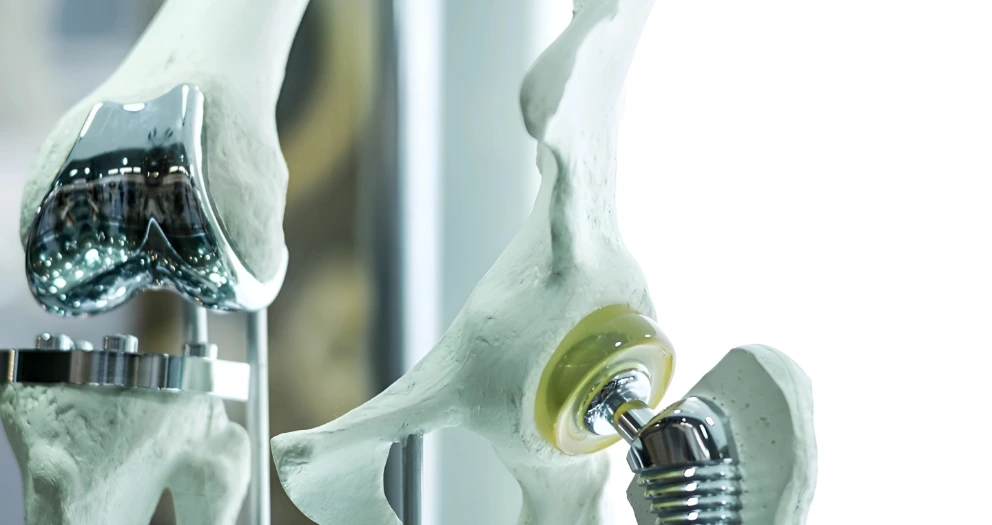Introduction
Orthopedic care is constantly evolving, with new technologies, procedures, and products setting new standards for treatment. In this blog, we explore the global trends that are shaping the future of orthopedic care, and how these innovations are improving patient outcomes.
Material Innovations
Minimally invasive surgery is one of the most significant trends in orthopedic care. MIS involves smaller incisions, which reduce tissue damage, scarring, and recovery time. These procedures are being widely used in joint replacements, spinal surgeries, and trauma cases. Through the use of advanced imaging technologies and robotic assistance, surgeons can now perform more accurate and efficient surgeries, leading to quicker recovery times for patients.
Personalized Implants with 3D Printing
The rise of 3D printing technology in orthopedics has opened up new possibilities for customizing implants and devices to the individual patient’s anatomy. This trend allows for more precise and personalized orthopedic solutions, especially in complex cases like spinal surgeries or joint replacements. With 3D-printed implants, surgeons can create a perfect match for a patient’s unique needs, improving fit, function, and overall outcomes.
Minimally Invasive Surgical Integration
Minimally invasive surgery is one of the most significant trends in orthopedic care. MIS involves smaller incisions, which reduce tissue damage, scarring, and recovery time. These procedures are being widely used in joint replacements, spinal surgeries, and trauma cases. Through the use of advanced imaging technologies and robotic assistance, surgeons can now perform more accurate and efficient surgeries, leading to quicker recovery times for patients.
Smart Implants
Orthopedic implants are evolving with materials that are more biocompatible than ever before. These materials integrate more seamlessly into the body and are designed to reduce the risk of complications. The advent of bioactive materials has allowed implants to encourage natural bone growth and healing, which can help prevent implant failure and improve long-term success.
Conclusion
The trends in orthopedic care are moving toward personalized, minimally invasive, and technology-driven solutions that improve patient outcomes and reduce recovery times. With advancements in smart devices, 3D-printed implants, and biocompatible materials, the future of orthopedics looks bright. Arch Overseas is proud to be at the forefront of these innovations, ensuring that patients around the world receive the best possible care.




Write a comment
Your email address will not be published. All fields are required